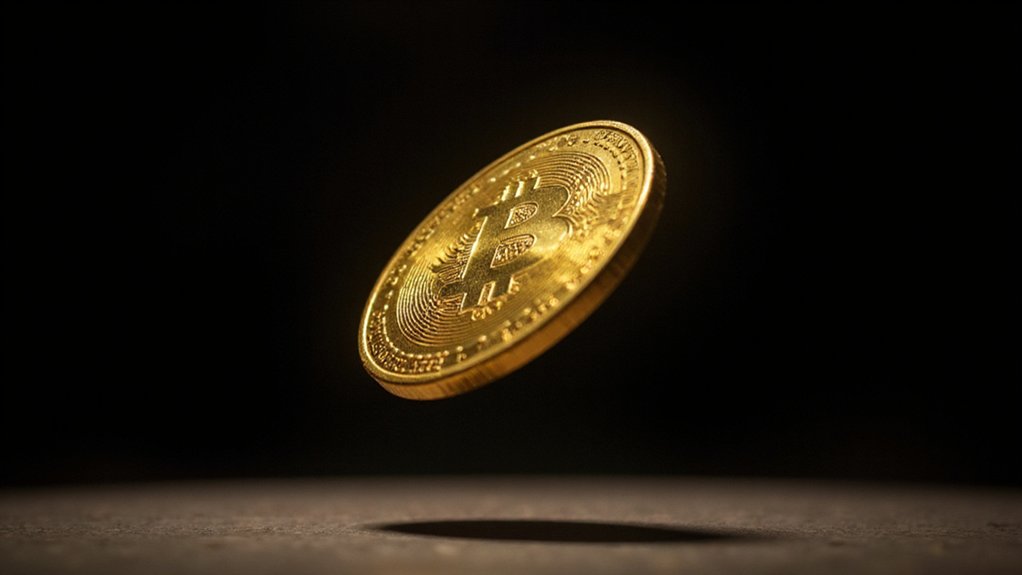While Bitcoin‘s most influential holders—those cryptographic leviathans controlling thousands of coins—continue their intricate dance of accumulation and distribution, the market finds itself parsing contradictory signals that would challenge even the most seasoned technical analyst.
The emergence of a $9 billion sale allegedly originating from Satoshi-era wallets presents a fascinating paradox against the backdrop of unprecedented whale accumulation patterns.
Recent on-chain data reveals a striking divergence in whale entry prices that speaks volumes about current market psychology. New institutional whales are entering positions around $91,900—a staggering 185% premium over established holders who accumulated near $32,200. This $59,700 realized price gap suggests either remarkable conviction among newcomers or a breathtaking case of institutional FOMO¹.
The $59,700 price gap between whale cohorts exposes either institutional conviction or spectacular market timing misjudgment.
When sophisticated investors deploy capital at such elevated levels, one must question whether we’re witnessing strategic positioning or expensive market timing.
The timing of this potential Satoshi-era liquidation becomes particularly intriguing given that a single whale recently purchased $135 million worth of Bitcoin, demonstrating the schizophrenic nature of current whale behavior.
Historically, purchases exceeding $100 million correlate with upward price momentum, yet here we observe simultaneous accumulation and distribution among the largest holders. The entire altcoin ecosystem has rallied alongside Bitcoin’s recent surge, suggesting that institutional appetite extends beyond the flagship cryptocurrency.
Bitcoin’s Gini coefficient has crept from 0.4675 to 0.4677 between January and April 2025, indicating marginally increased concentration despite—or perhaps because of—these conflicting whale movements.
The coefficient’s upward trajectory coincides with Bitcoin’s breach of $100,000, suggesting that wealth consolidation accelerates during parabolic phases.
Key on-chain metrics like MVRV Z-Score and Value Days Destroyed will prove critical in interpreting whether this alleged Satoshi-era sale represents genuine confidence erosion or merely profit optimization by holders sitting on astronomical unrealized gains. These analytical tools become especially crucial during periods of market volatility when regulatory announcements and security breaches can rapidly shift sentiment.
Interestingly, the broader market’s stablecoin market cap has reached $228 billion in 2025, representing approximately 7.89% of the total cryptocurrency market and reflecting infrastructure demand that could absorb such massive liquidations.
After Bitcoin’s recent peak near $109,000 and subsequent retracement to $75,000, whale selling pressure has remained surprisingly moderate.
The market’s challenge lies in distinguishing between temporary profit-taking and sustained confidence shifts.
While newer institutional whales demonstrate unwavering conviction through aggressive accumulation, the potential activation of dormant early holdings introduces uncertainty.
Perhaps the real question isn’t whether early whales are losing confidence, but whether their decades-long patience has simply reached its natural conclusion.
¹Fear of missing out, though at these price levels, perhaps “expensive revelation” would be more accurate.









